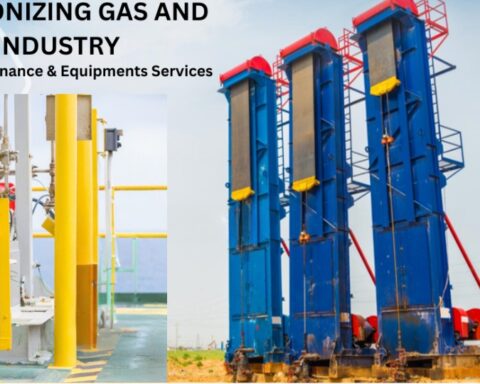When discussing high-performance teams, well-known giants like Microsoft, Google, Tesla, Amazon, and Netflix often come to mind. These companies are undoubtedly led by courageous leaders responsible for creating high-performance teams within their organizations. However, have you ever heard of Gojek? Perhaps yes, perhaps no. Gojek is the first startup company to achieve unicorn status in Indonesia. Today, it stands as Southeast Asia’s leading on-demand platform.
From Gojek’s success story, there are valuable lessons we can learn about building a high-performance team.
Characteristics of High-Performance Teams
A high-performing team is a collective of highly skilled individuals with diverse expertise, all dedicated to achieving common business goals. Such groups share common values and vision, collaborating seamlessly to reach shared objectives and consistently deliver outstanding results.
- Strong Leadership
Like Gojek’s founder Nadiem Makarim, courageous leaders emphasize courage over intelligence. Being a brave leader opens up opportunities for growth by taking risks and overcoming challenges.
- Effective Work Practices
Proper planning is essential for high-performance teams. Organizing, evaluating, and achieving exceptional results can only be completed with effective work rules.
- Shared Goals
High-performance teams work together toward shared visions and missions, all while aiming for the best outcomes. A well-defined purpose helps team members understand their roles and responsibilities, keeping them motivated and focused.
- Open and Clear Communication
Timely, respectful, and transparent communication is crucial. Leaders should encourage team members to share ideas, concerns, and feedback. Constructive feedback and suggestions foster a positive work environment.
- Mutual Respect
Respecting others mutually is a crucial aspect of leadership quality. A supportive and respectful environment where everyone’s contributions are valued boosts team morale and productivity.
Building a High-Performance Team: The Tuckman Model
Psychologist Bruce Tuckman’s “forming, storming, norming, and performing” model, coined in 1965, offers a valuable framework for building a high-performance team efficiently and successfully.
- Forming
At the outset, team members may need clarification about their roles and purpose. Leaders play a vital role in creating basic rules and defining organizational standards. Gojek exemplified this stage while forming its team, comprising individuals from diverse backgrounds with different tasks.
- Storming
During this stage, disagreements may arise due to personal preferences and work styles, leading to workplace tension. Courageous leaders step in to provide explicit directives for effective decision-making and foster better collaboration. The storming stage emerged as Gojek encountered challenges and resistance from conventional transportation. Yet, the conflicts were resolved through adaptation and adjustment by the high-performance team.
- Norming
In this stage, the team tries to resolve conflicts, tolerate differences, and embrace adversity. Understanding and meeting customer needs become the shared commitment, driving innovative solutions and enhancing productivity within the team.
- Performing
By this stage, the team is fully developed, capable of making decisions autonomously. Gojek’s high-performance teams, known for their ownership, adaptability, and unwavering pursuit of success, continuously strive for innovation, excellence, and surpassing customer expectations.
Tuckman’s model is dynamic, allowing teams to move back and forth between stages. Continuous monitoring is essential to maintain progress once a team reaches the performing stage.
Building a high-performance team requires courage and commitment from leaders. Nadiem Makarim’s exceptional leadership qualities were pivotal in founding Gojek and building a high-performance team. He aptly said, “Anyone can steal your idea, but no one can steal your execution.” If he can do it, why can’t you?
FAQ
- What are the three key elements of high-performing teams?
- The three critical elements of high-performing teams are strong leadership, shared goals and vision, and effective communication.
- What are the four stages of high-performing teams?
- The four stages of high-performing teams are forming, storming, norming, and performing.
- What makes a high-performing team?
- A high-performing team is characterized by strong leadership, clear and shared goals, effective communication, mutual respect, trust, collaboration, adaptability, and a commitment to exceptional results.





